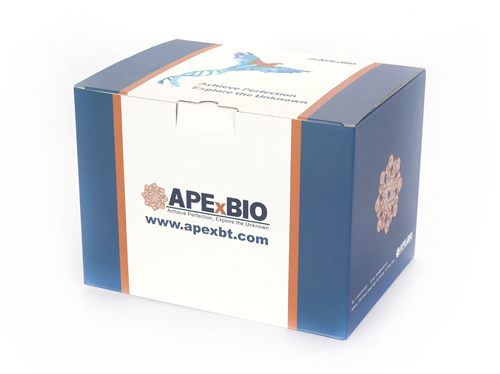Detergent Compatible Bradford Protein Assay Kit
The detection principle of the Bradford method is that Coomassie Brilliant Blue G-250 binds to the basic and aromatic amino acids of the protein, especially arginine, in an acidic medium, at which point the solution turns blue, and the maximum absorption peak of the solution migrates from 465 nm to 595 nm. The protein concentration in the solution can be quantitatively determined by detecting the absorbance value at 595 nm, according to the change in the color of the solution is proportional to the protein concentration.
This kit is a detergent-compatible Bradford protein concentration assay kit, which is well compatible with common detergents such as 1% Triton X-100, 1% Tween 20, 1% SDS, 1% NP-40 and 1% Brij35, etc., and is compatible with high concentrations of reducing agents and faster detection than the BCA method.
This kit has the following advantages: the detection speed is extremely fast, compared with the BCA method, 10-20 samples can be completed in less than 10 minutes, which greatly shortens the detection time, the detection sensitivity is high, the detection of 0.5 μg protein can be realized, the linear relationship of the standard curve is good, it is compatible with common detergents, and for 5 μL volume of sample or standard, there is a good linear relationship over the concentration range of 0.1-1.5 mg/mL.
|
Components |
K4104-800 T |
|
G250 reagent (detergent compatible) |
2 X 125 mL |
|
Bovine serum albumin (BSA) |
20 mg |
|
Bradford Protein Assay Reagent |
2 mL |
|
Store the components at 4°C for a year. |
|








